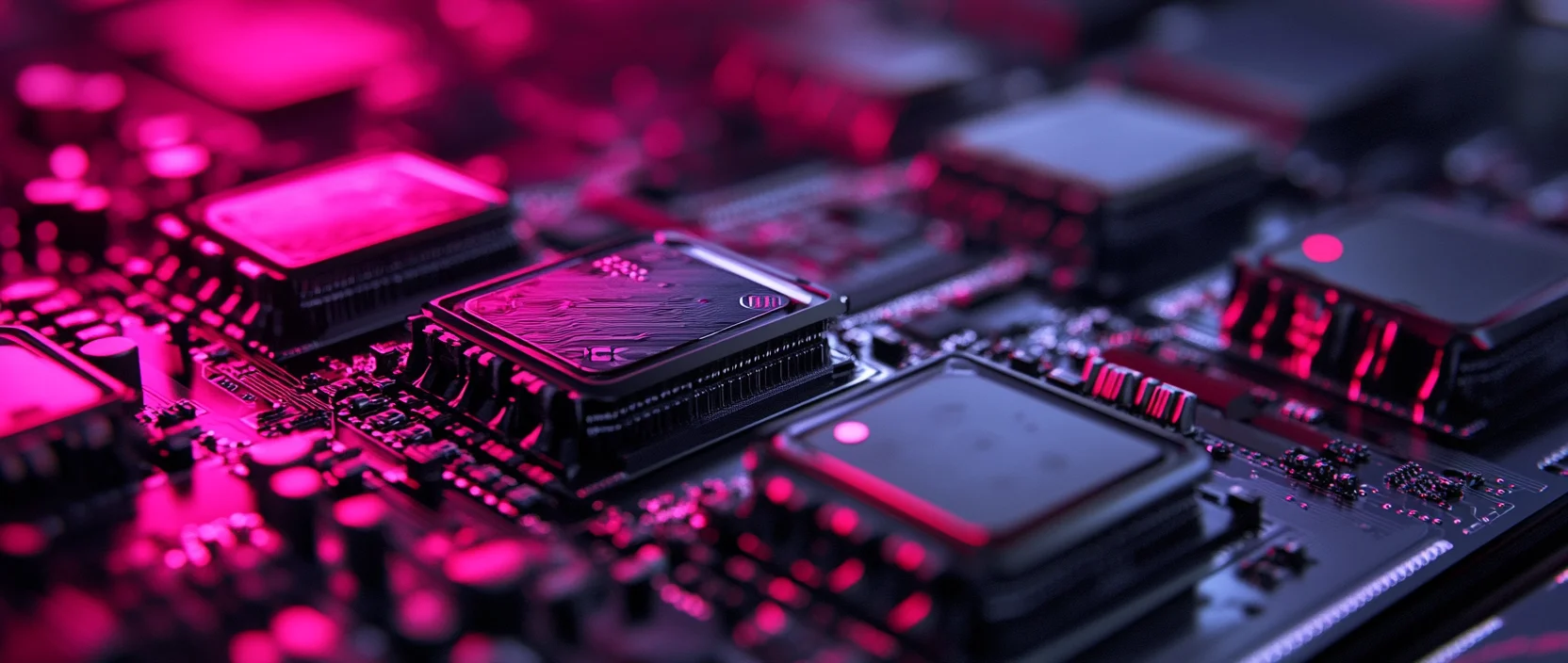In today's world, blockchain and 3D printing technologies are rapidly evolving, opening new horizons for various industries. The Printr project represents a unique fusion of these two innovative fields, offering solutions that can transform approaches to manufacturing, intellectual property protection, and supply chain management. In this article, we will take a detailed look at the essence of the Printr project, its key features, advantages, and development prospects.
Contents
- Overview of the Printr Project
- Key Features
- Advantages of Using Printr
- Applications in Various Industries
- Future Prospects and Plans
- Conclusion

1. Overview of the Printr Project
Printr is an innovative blockchain project aimed at integrating distributed ledger technologies with additive manufacturing. The main goal of the project is to create a secure and transparent platform for managing 3D printing processes, protecting digital models, and optimizing manufacturing chains. By utilizing blockchain capabilities, Printr ensures data immutability, transaction transparency, and intellectual property protection, which is particularly important in the context of growing digitalization of production.
2. Key Features
The Printr project offers a number of unique features aimed at improving 3D printing processes and digital asset management:
- Protection of Digital Models: Blockchain technology ensures reliable protection of 3D models from unauthorized access and copying. Each model receives a unique digital fingerprint, which is stored in the distributed ledger, guaranteeing authorship and data integrity.
- License Management: Printr provides tools for managing licenses for the use of 3D models, allowing creators to control the distribution and use of their works, as well as receive compensation for their use.
- Supply Chain Transparency: Blockchain integration allows tracking the entire lifecycle of a product—from the creation of a digital model to its physical realization—ensuring transparency and trust between all participants in the process.
- Decentralized Manufacturing: The platform supports the concept of distributed manufacturing, enabling users to place 3D printing orders with various manufacturers around the world, reducing costs and accelerating the time to market for products.
These features make Printr a powerful tool for professionals and enthusiasts in the field of 3D printing, ensuring reliability, security, and efficiency at all stages of working with digital models.
3. Advantages of Using Printr
The integration of Printr into 3D printing and digital asset management processes offers the following advantages:
- Enhanced Security: Blockchain technology ensures reliable protection of 3D model data and transactions from unauthorized access and changes, minimizing the risk of intellectual property theft.
- Cost Reduction: The decentralized approach to manufacturing and supply chain management reduces operational costs by eliminating the need for intermediaries and optimizing logistics processes.
- Faster Time-to-Market: The ability to quickly and securely exchange digital models and order printing from nearby manufacturers reduces the time from development to product release.
- Increased Trust: The transparency and immutability of data in the blockchain contribute to building trust between designers, manufacturers, and end consumers, ensuring reliability and accountability at every stage of the process.
- Universal Format Support: Printr supports a wide range of 3D model formats, ensuring compatibility with various software and hardware, allowing users to work with diverse projects without the need for file conversion.
- Cloud Storage: The platform provides secure cloud storage for storing and sharing 3D models, ensuring data access from anywhere in the world and facilitating collaborative work on projects.
- Intuitive Interface: Printr offers a user-friendly and intuitive interface, allowing users without technical expertise to effectively manage their digital assets and 3D printing processes.
These features make Printr a powerful tool for professionals and enthusiasts in the field of 3D printing, ensuring reliability, security, and efficiency at all stages of working with digital models.
4. Applications in Various Industries
Printr finds applications in various industrial sectors where intellectual property protection, process transparency, and efficient manufacturing management are required:
| Industry | Printr Applications | Advantages |
|---|---|---|
| Aerospace and Automotive | Protection and tracking of critical component production, ensuring authenticity and compliance with safety standards. | Increased safety, prevention of counterfeit parts, improved component quality. |
| Healthcare | Protection of personalized 3D models for implants and prosthetics, ensuring confidentiality and accuracy. | Improved accuracy, enhanced confidentiality, higher quality healthcare solutions. |
| Consumer Goods | Protection of developments, license management, and organization of decentralized manufacturing of consumer goods. | Intellectual property protection, counterfeit prevention, market transparency. |
This table highlights the key applications and advantages for each industry.
5. Future Prospects and Plans
The Printr project continues to actively develop, expanding its functionality and areas of application. The team plans to integrate with other blockchain platforms, develop a smart contract system for automating licensing and payment processes, and expand its partner network among manufacturers and designers worldwide. Additionally, special attention is being given to improving the user interface and ensuring compatibility with various 3D printers and modeling software.
6. Conclusion
Printr is a promising solution at the intersection of blockchain technologies and additive manufacturing, offering innovative approaches to intellectual property protection, manufacturing process management, and supply chain optimization. The integration of these technologies opens up new opportunities for various industrial sectors, contributing to increased efficiency, safety, and innovation in production.




